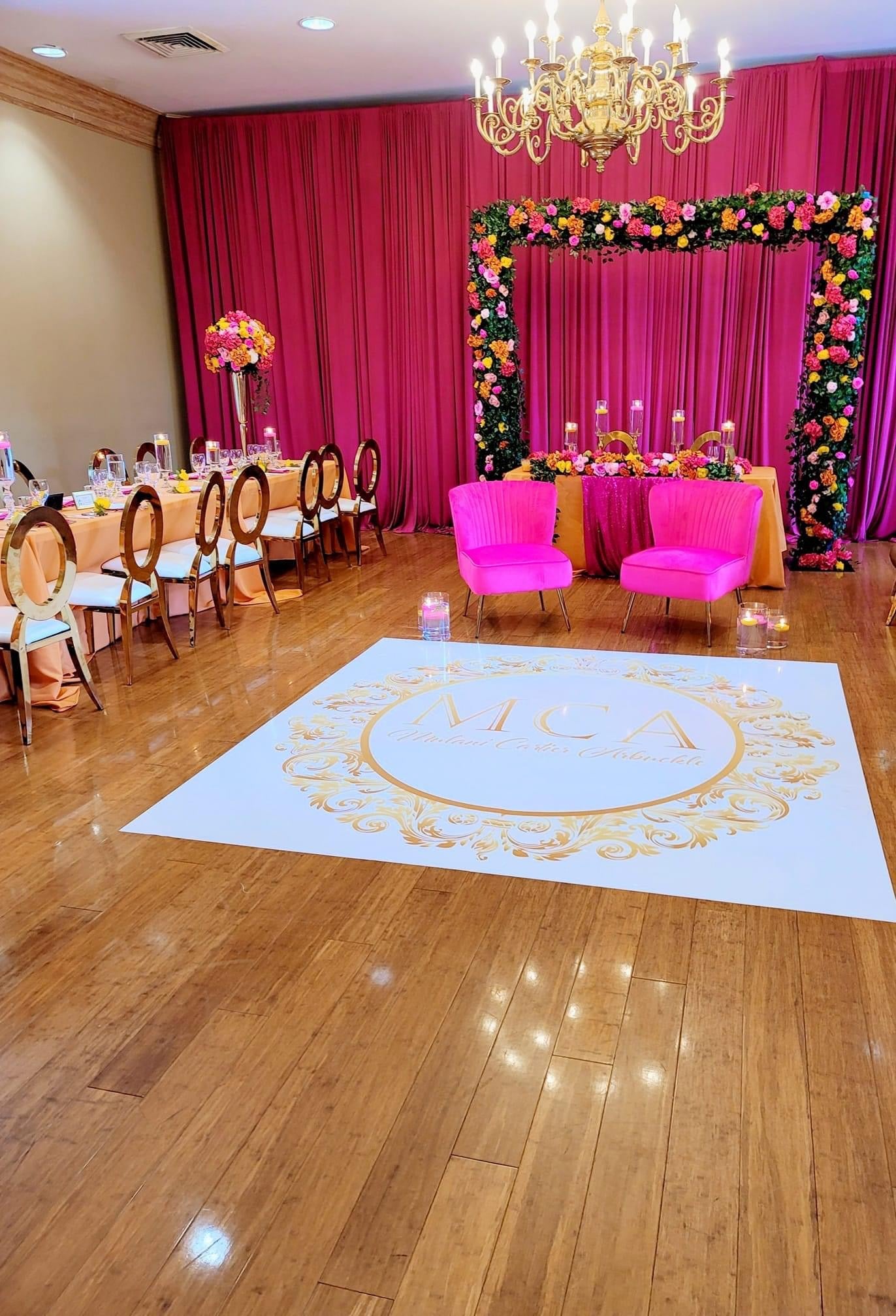Choosing the appropriate materials for constructing a long-lasting and safe external performance floor is essential for ensuring an enjoyable experience. Outdoor dance platforms must withstand various weather conditions while providing a stable foundation for dancers and attendees. Thus, it is important to evaluate factors such as material durability, safety attributes, and maintenance requirements when making selections. This article will examine several suitable materials and their advantages in creating an outdoor dance floor.
One popular option for outdoor dance floors is wood. Wood provides a traditional and warm appearance that many find appealing. Hardwoods like maple or oak are particularly favored due to their strength and ability to absorb impact, which can protect dancers’ joints. Additionally, wood has inherent anti-slip qualities when finished properly, reducing the risk of accidents. However, maintaining a wooden dance floor requires regular sealing and resurfacing to shield it from moisture and ultraviolet damage, making it essential to consider the climate in which the floor will be installed.

Another practical alternative is composite materials, which blend natural fibers with plastic. These materials are engineered to be impervious to humidity, mildew, and fading from sunlight. Composite dance floors provide durability comparable to conventional wood without the extensive upkeep. They are more resistant to distortion and splitting than wooden floors when exposed to harsh outdoor conditions. Furthermore, composite materials often have integrated anti-slip features, making them a safer choice for open-air occasions.
For those looking for a more modern solution, interlocking tiles made of PVC or rubber are reliable options. These tiles are find more crafted for hassle-free installation and can be rearranged or replaced as needed. The flexibility of using interlocking tiles allows for rapid setup and breakdown, making them suitable for short-term dance events or festivals. Additionally, these materials provide cushioning that improves comfort while dancing and reduces the likelihood of injuries caused by falls. The non-porous nature of PVC and rubber also helps prevent water penetration, additionally extending the lifespan of the dance surface.
Finally, it is crucial to evaluate the location and intended use of the exterior dance floor when choosing components. For instance, if the dance floor will be installed in a high-traffic area or subjected to harsh weather regularly, choosing robust materials that require visit this web-site minimal maintenance will be essential. On the other hand, for less intense use or in more sheltered locations, lighter materials may suffice. In any case, prioritizing safety features such as grip and impact resistance should remain at the forefront of planning.
In conclusion, constructing a long-lasting and safe open-air dance floor requires thoughtful assessment of diverse solutions appropriate for different settings and purposes. Timber provides classic aesthetics but demands consistent care; engineered composites blend appearance with durability; modular flooring offer adaptability and ease of use. Ultimately, identifying the unique requirements of the dance floor's planned use will inform material selection toward choosing the most appropriate material for an enjoyable and safe dancing experience in outdoor spaces.